30 Best Pencil Drawing & Sketch Design, Image with Pencil Step by Step
Sure! Here is a step-by-step guide on how to create a pencil drawing and sketch design:
Materials you will need:
Pencils (ranging from 2H to 6B)
Eraser (kneaded or regular)
Paper (sketchbook or drawing paper)
Step 1: Choose your subject and gather reference material.
Decide on what you want to draw and find reference images to help guide your sketch.
Step 2: Begin with light lines.
Start by using a harder lead pencil (like 2H) to lightly sketch out the basic shapes and proportions of your subject. Don’t worry about details at this stage, just focus on getting the overall composition and placement correct.
Step 3: Add in details.
Once you have your basic shapes and proportions sketched out, start adding in details with a softer lead pencil (like 2B). Start with the larger details and work your way down to the smaller ones.
Step 4: Shade and texture.
Now it’s time to add shading and texture to give your drawing depth and dimension. Use a range of pencils from 2B to 6B to create different levels of shading. You can also use various techniques like cross-hatching, stippling, and smudging to create texture.
Step 5: Refine your drawing.
As you work on your drawing, take breaks and step back to assess your progress. Make any necessary adjustments or corrections to the proportions, details, and shading as needed.
Step 6: Add finishing touches.
Once you’re happy with your drawing, you can add any final touches such as highlights, shadows, or extra texture. Use a kneaded eraser to lift out highlights or soften edges if necessary.
That’s it! With practice and patience, you can create beautiful pencil drawings and sketch designs.
30 best Pencil drawing names
Here are 30 of the best pencil drawing names:
- Mona Lisa by Leonardo da Vinci
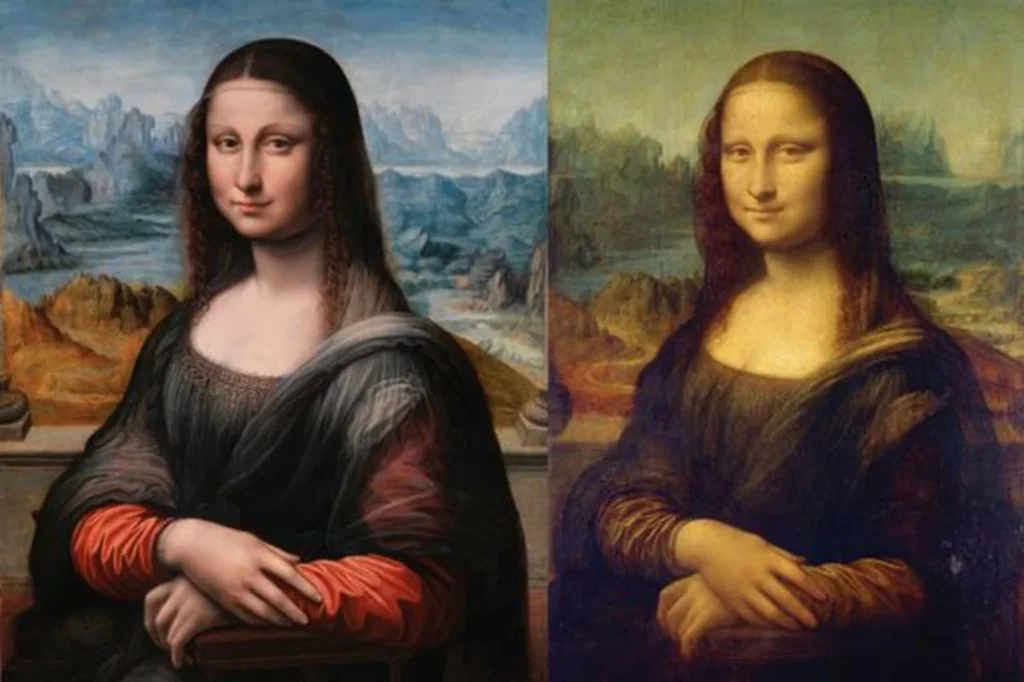
2. The Vitruvian Man by Leonardo da Vinci
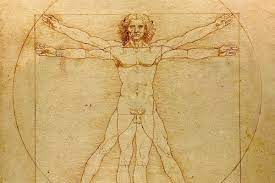
3. Starry Night by Vincent van Gogh
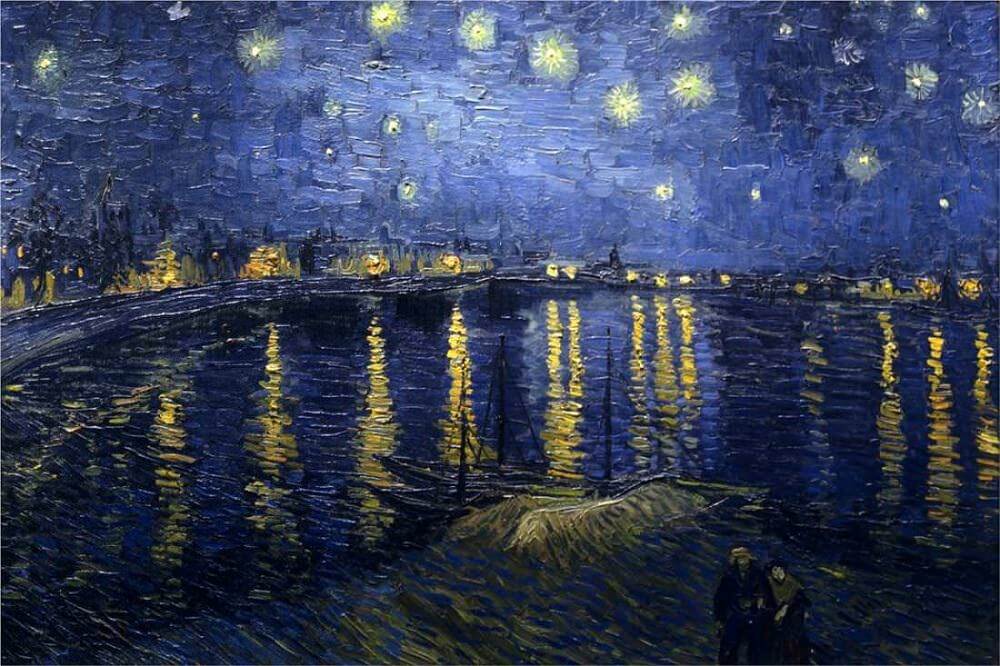
4. The Scream by Edvard Munch
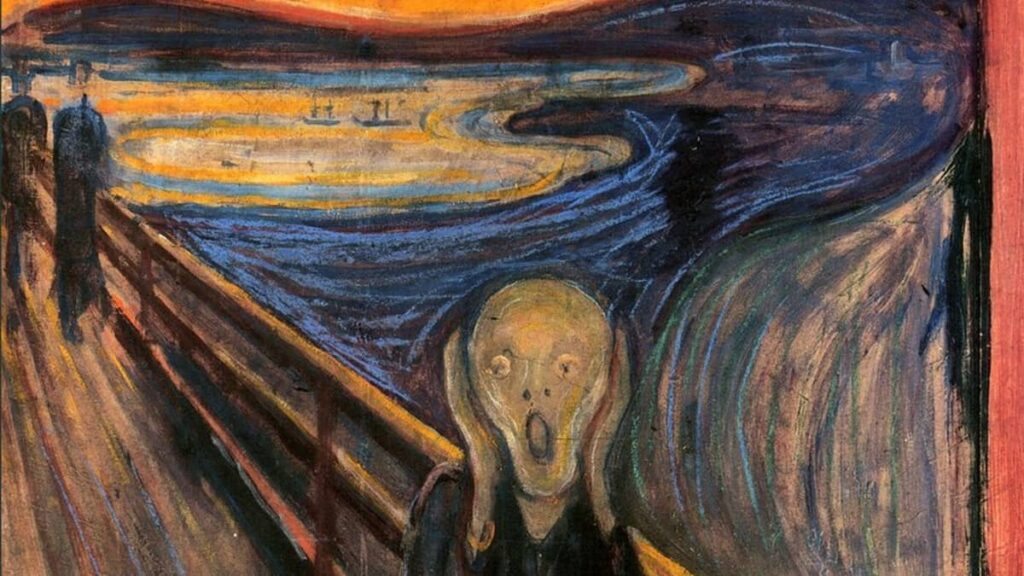
5. David by Michelangelo
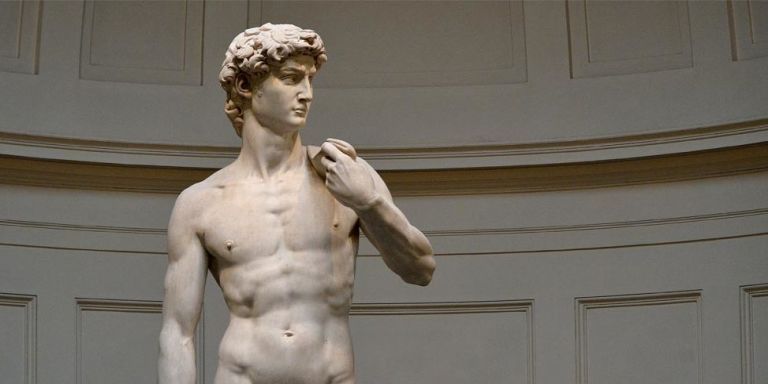
6. The Persistence of Memory by Salvador Dali
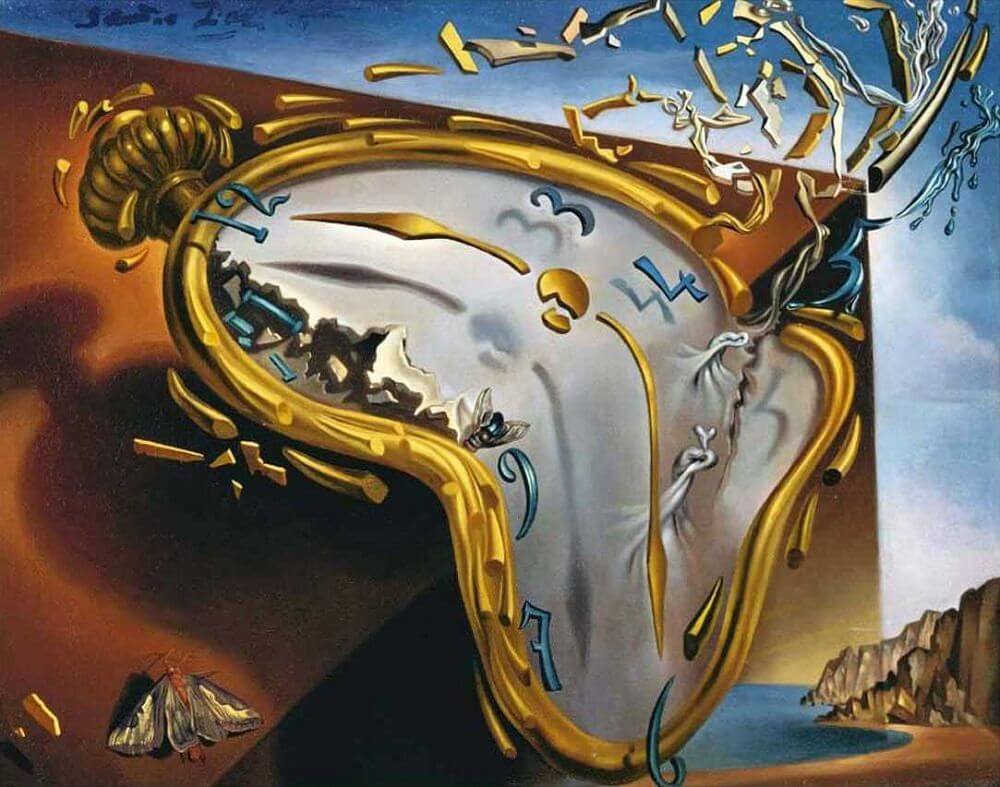
7. The Last Supper by Leonardo da Vinci
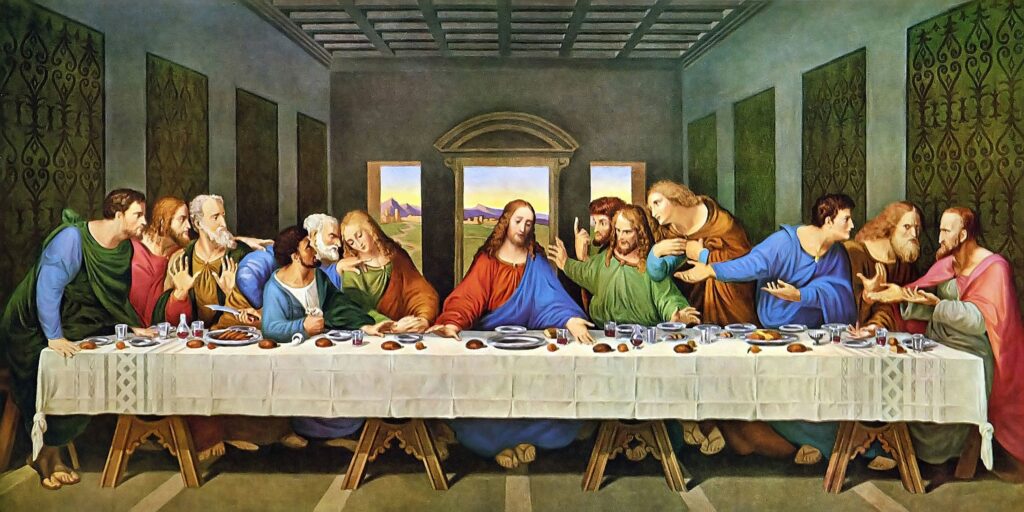
8. The Great Wave off Kanagawa by Hokusai
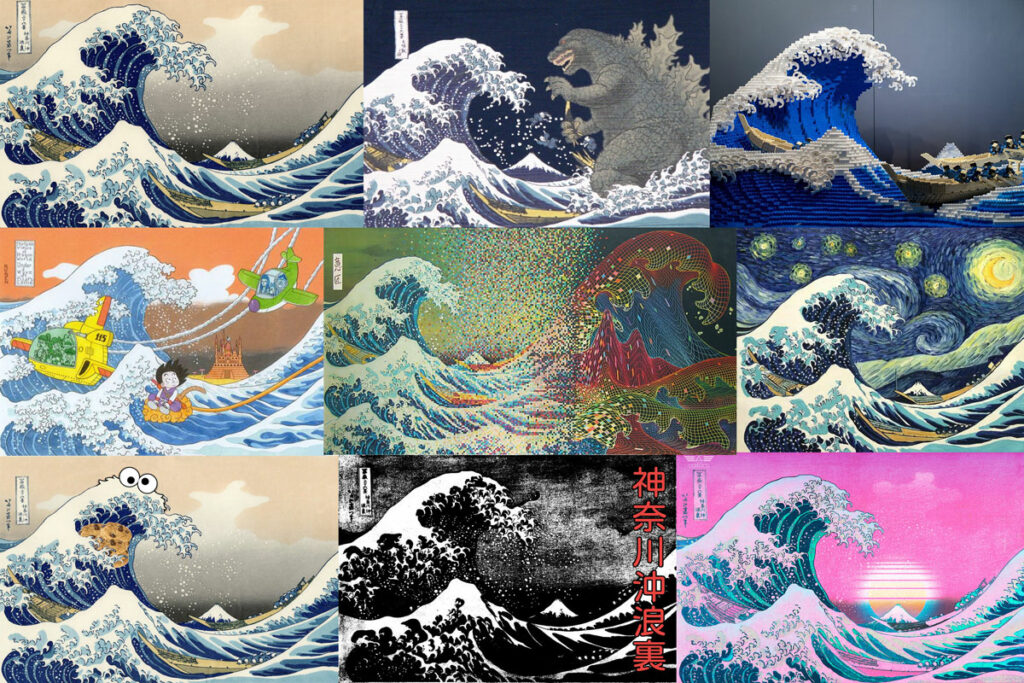
9. The Birth of Venus by Sandro Botticelli
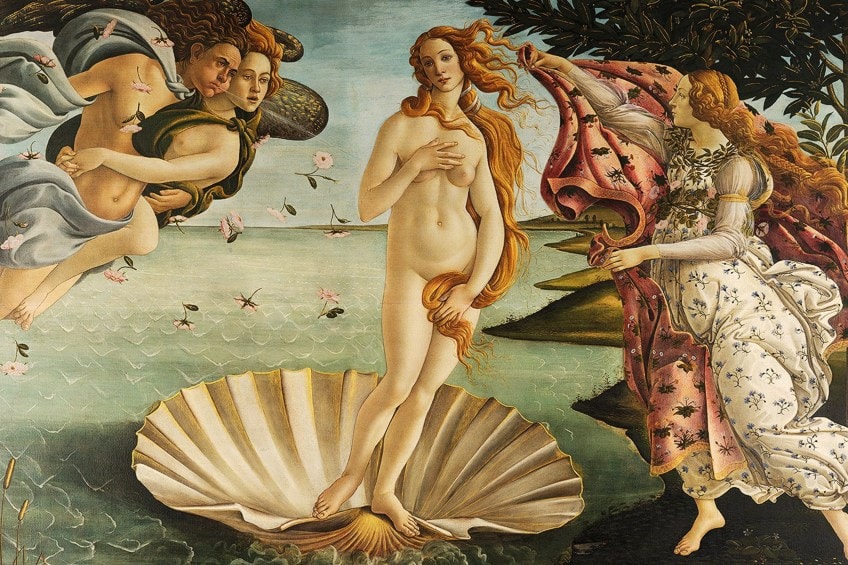
10. Guernica by Pablo Picasso
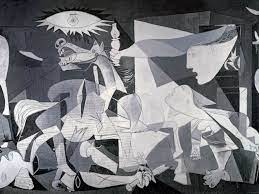
11. The Night Watch by Rembrandt
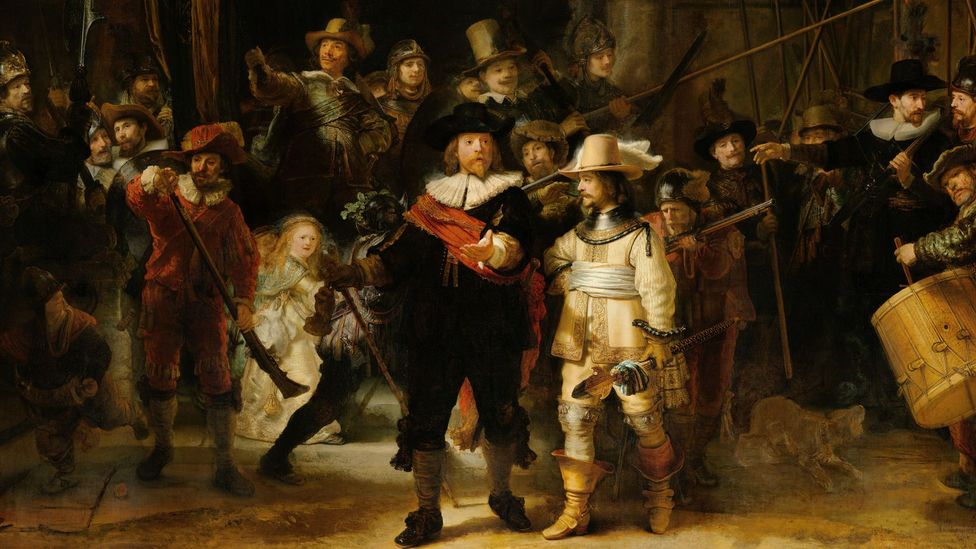
12. The Kiss by Gustav Klimt
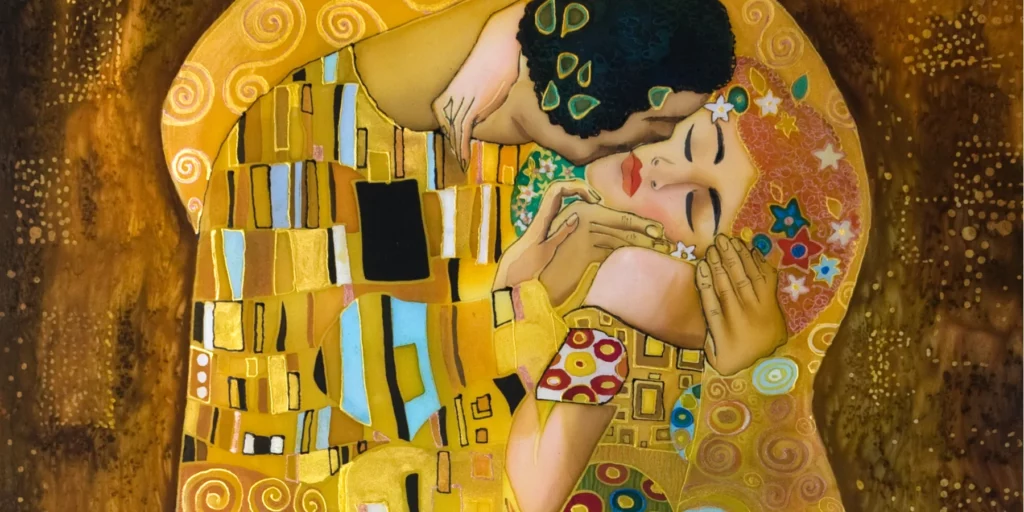
13. The Hay Wagon by Winslow Homer
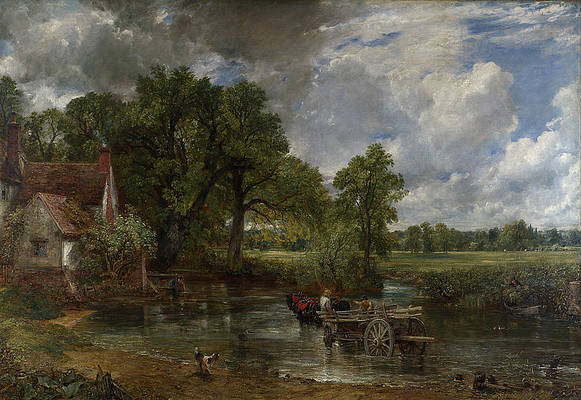
14. The Old Guitarist by Pablo Picasso
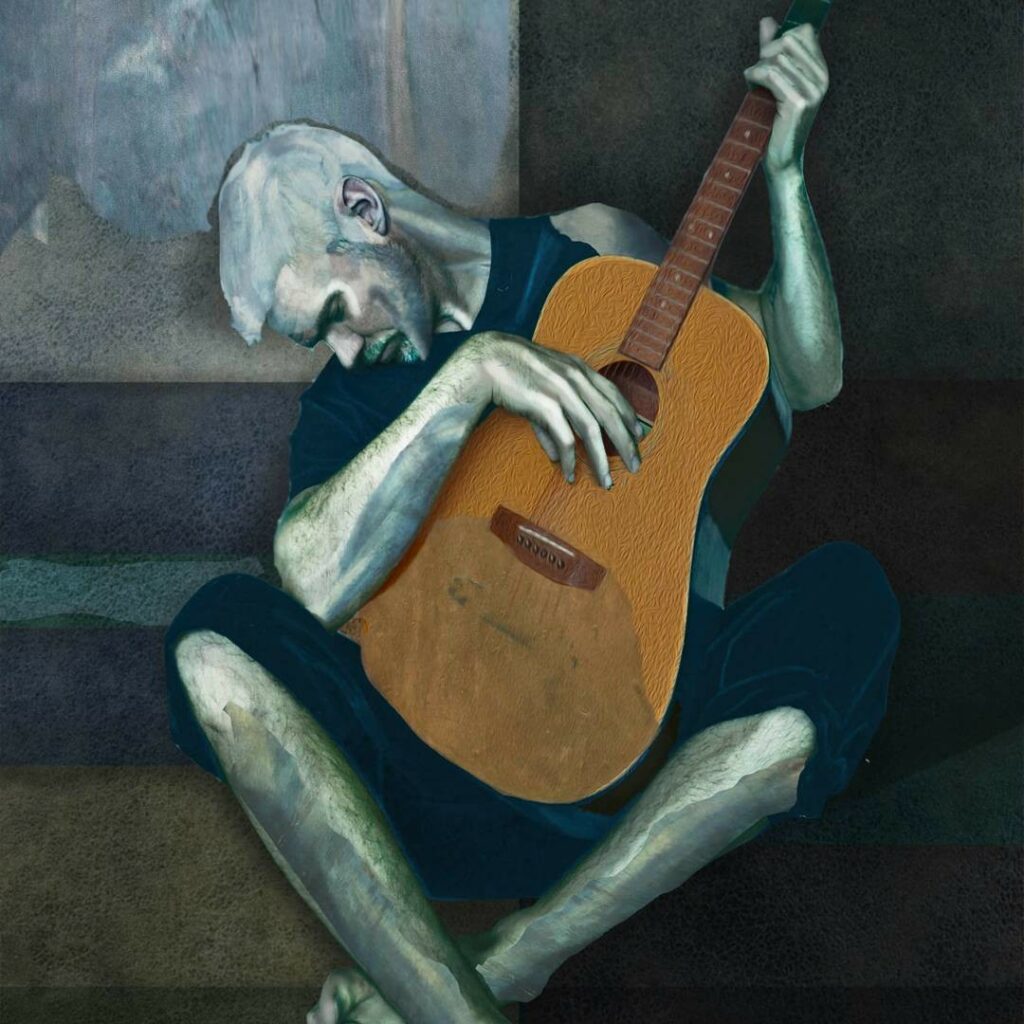
15. The Garden of Earthly Delights by Hieronymus Bosch
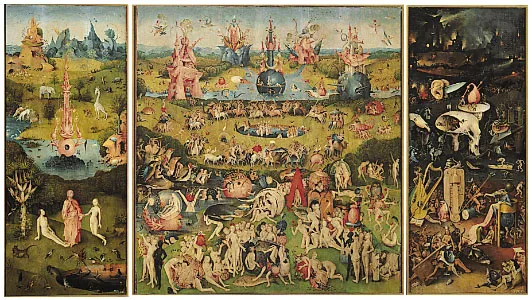
16. Water Lilies by Claude Monet
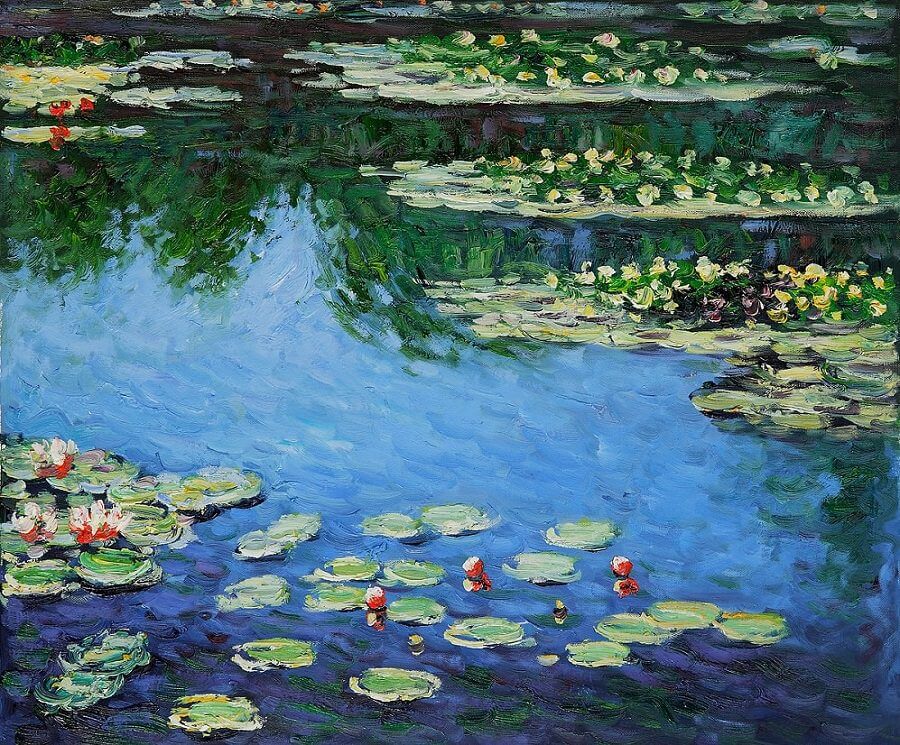
17. The Thinker by Auguste Rodin
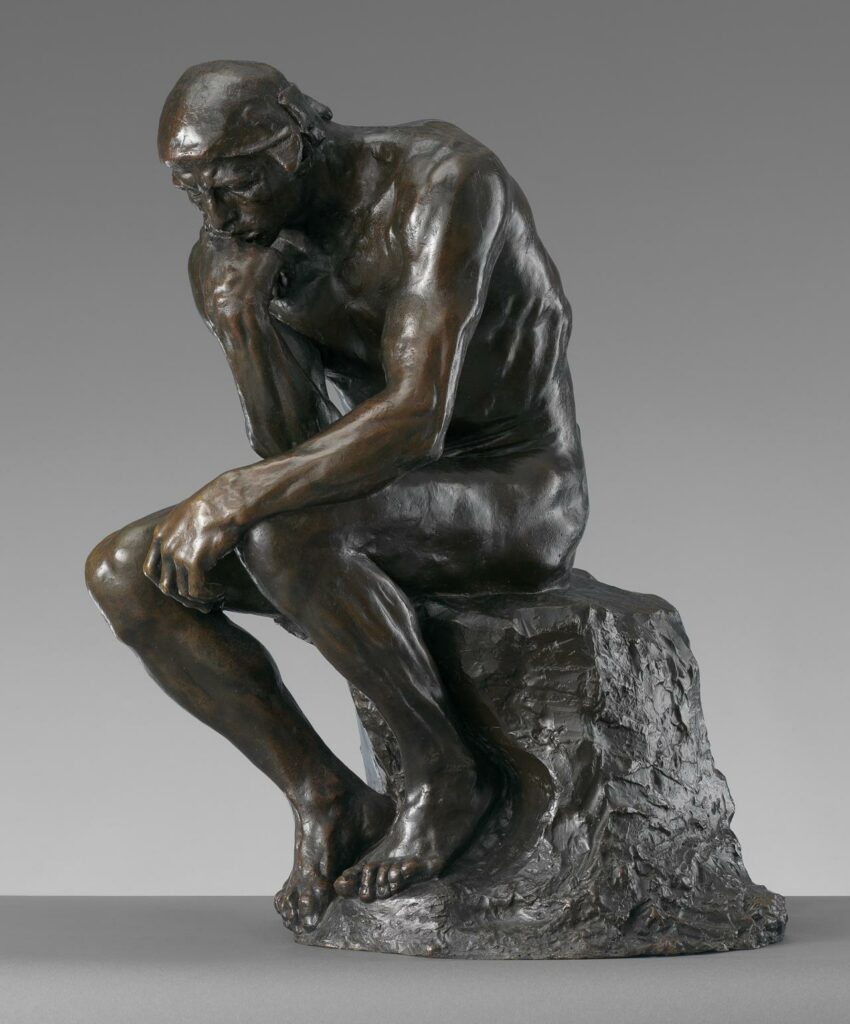
18. The Eiffel Tower by Gustave Eiffel
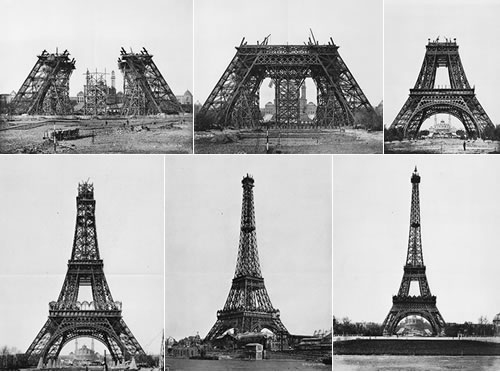
19. The Anatomy Lesson of Dr. Nicolaes Tulp by Rembrandt
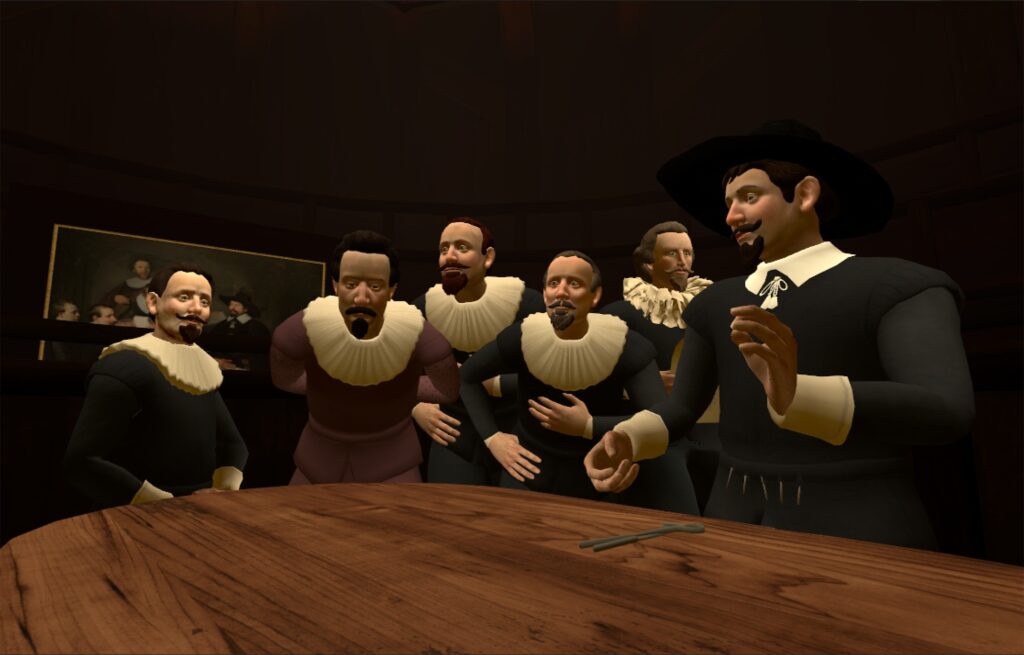
20. The Raft of the Medusa by Théodore Géricault
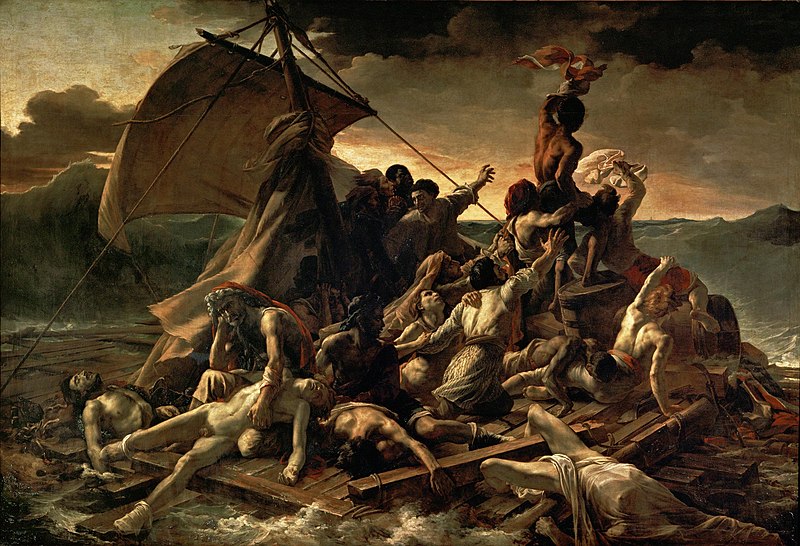
21. The Storm by Pierre-Auguste Cot
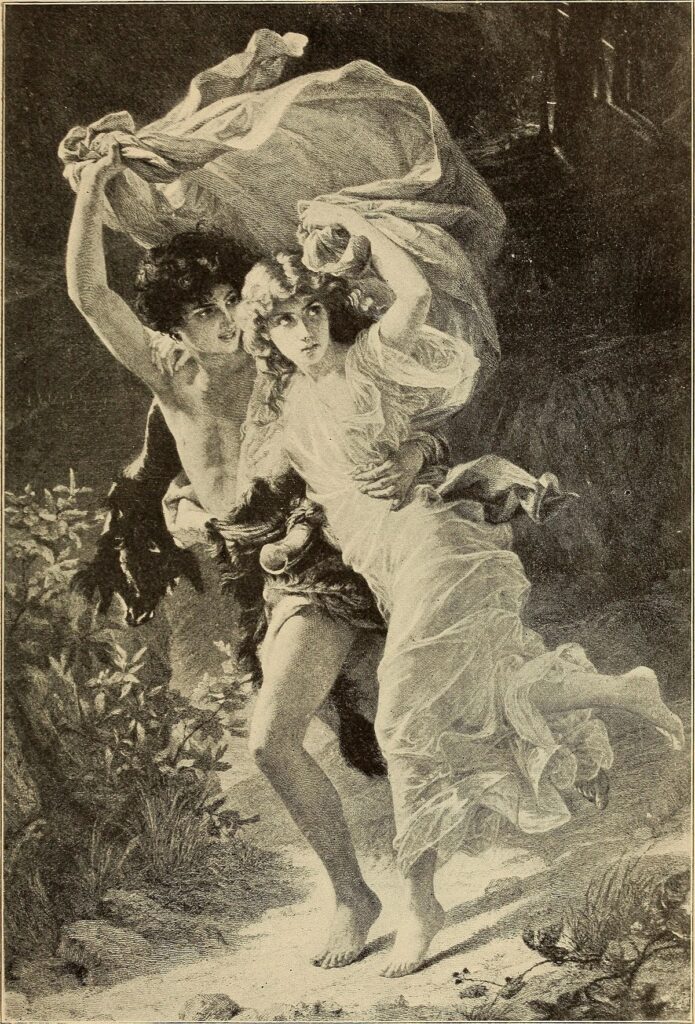
22. A Sunday on La Grande Jatte by Georges Seurat
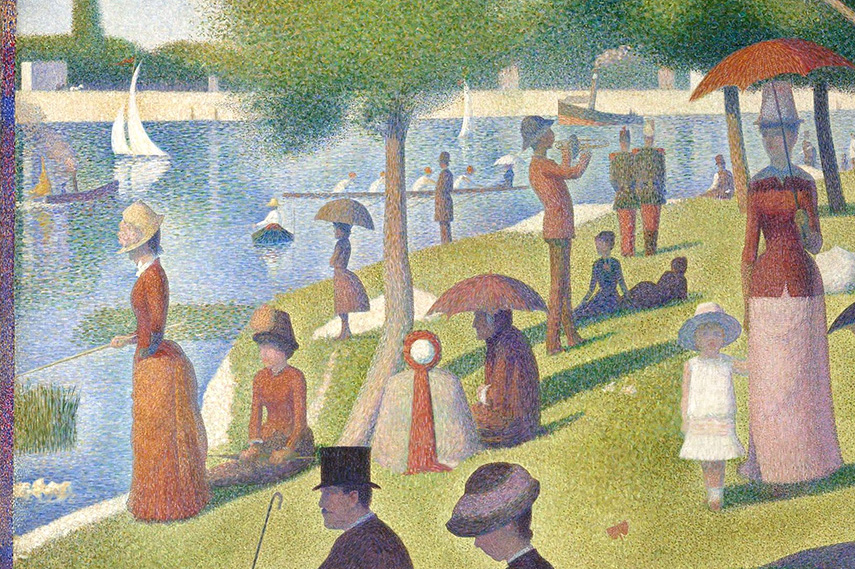
23. The Birth of the Virgin by Andrea Mantegna
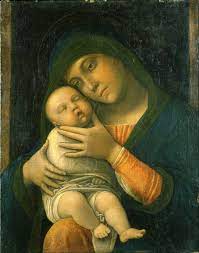
24. The School of Athens by Raphael
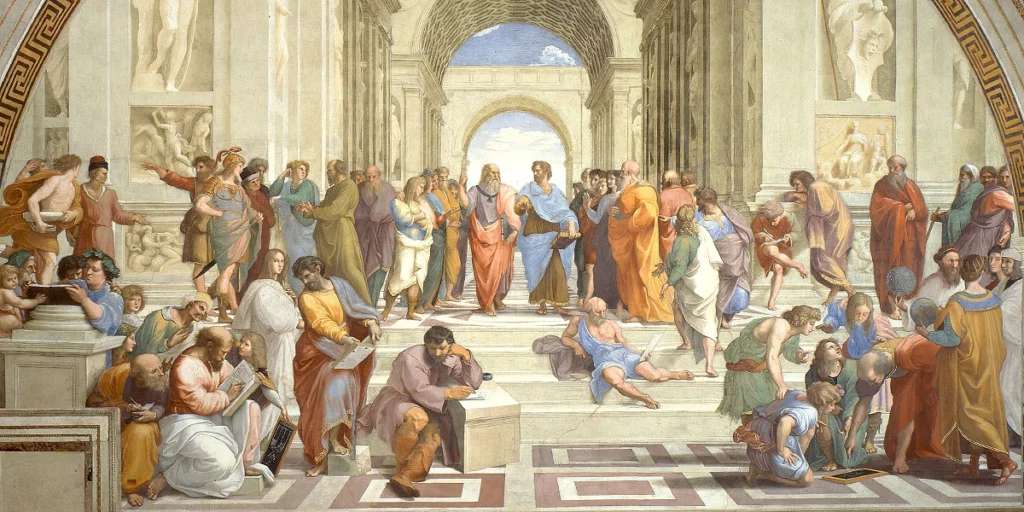
25. The Creation of Adam by Michelangelo
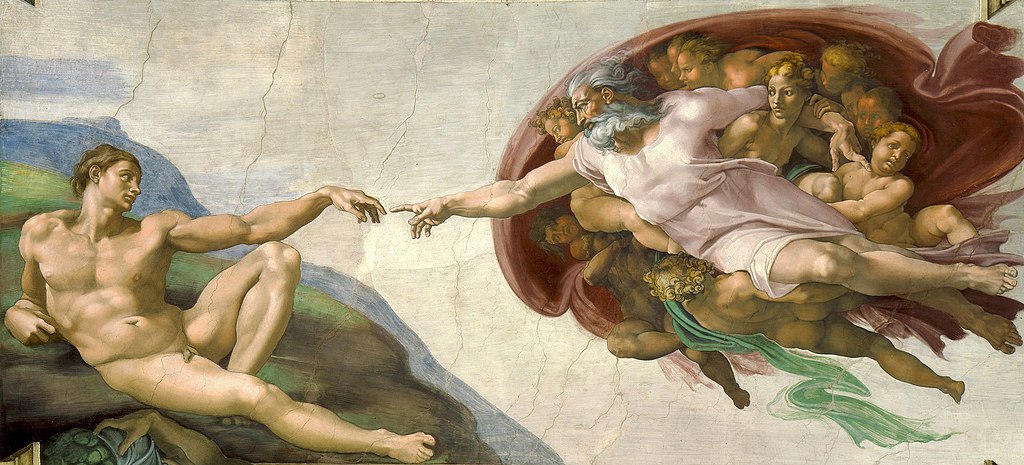
26. The Sleeping Gypsy by Henri Rousseau
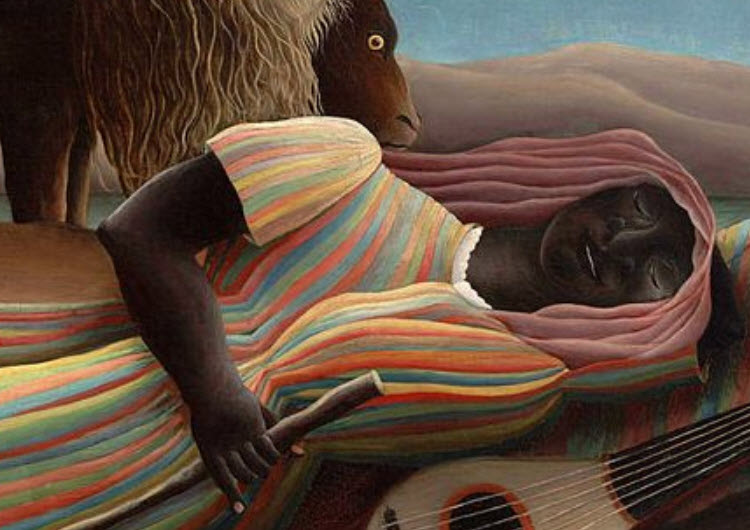
27. The Fighting Temeraire by J.M.W. Turner
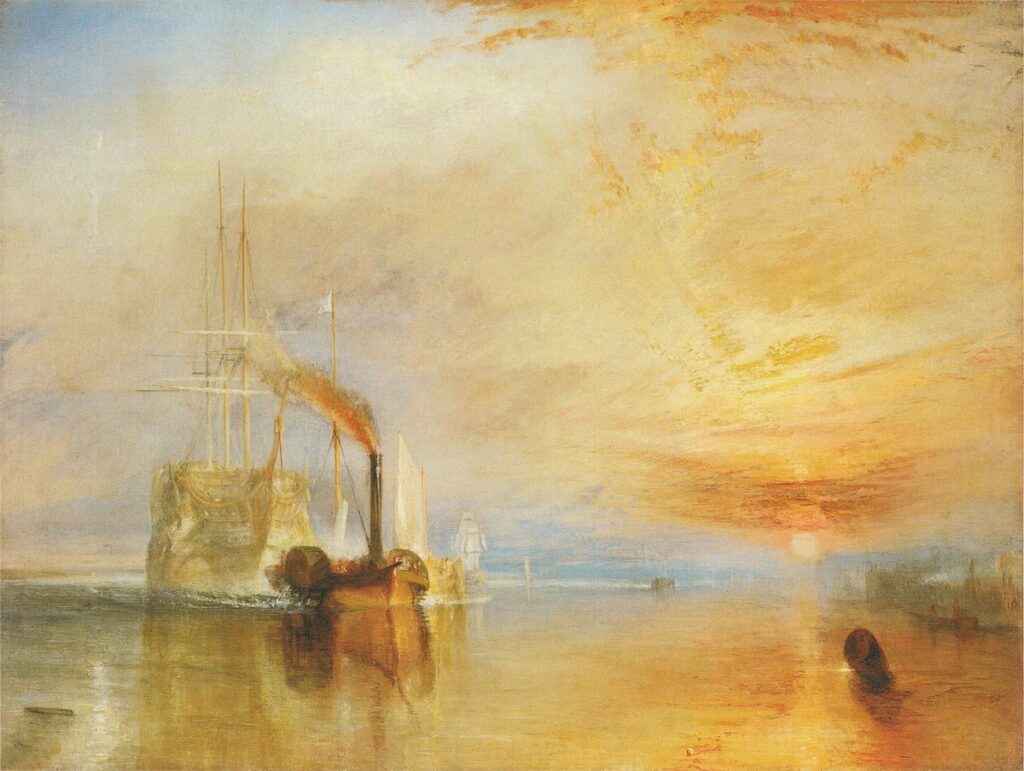
28. The Adoration of the Magi by Albrecht Dürer
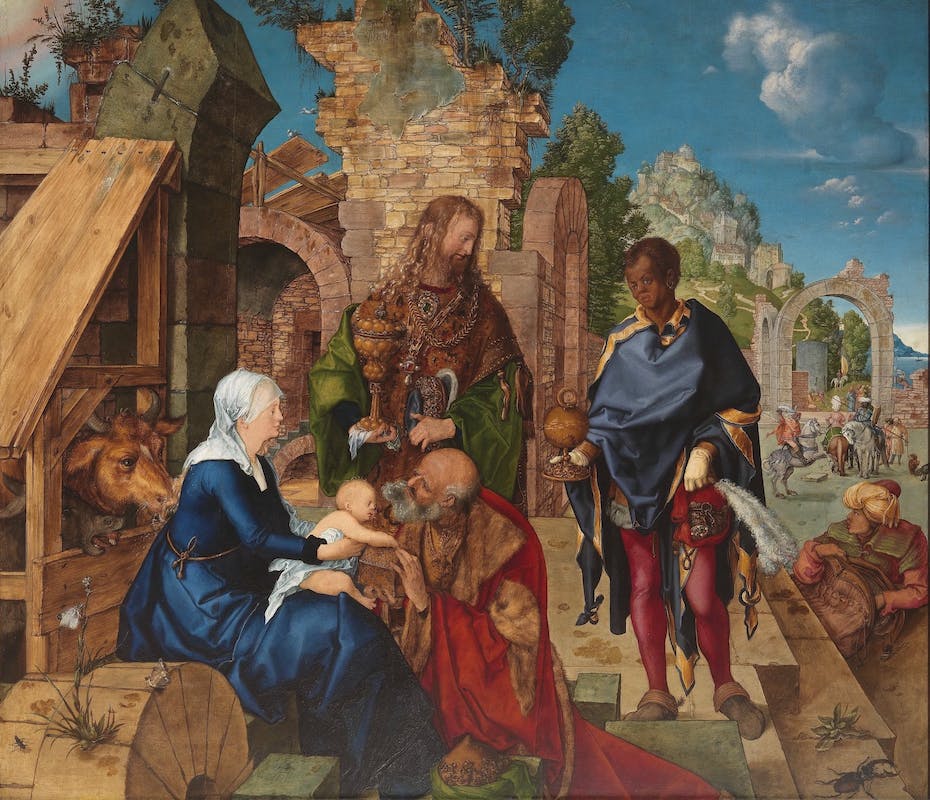
29. The Two Fridas by Frida Kahlo
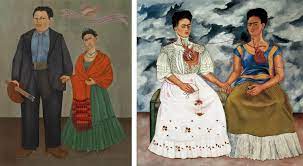
30. The Death of Marat by Jacques-Louis David
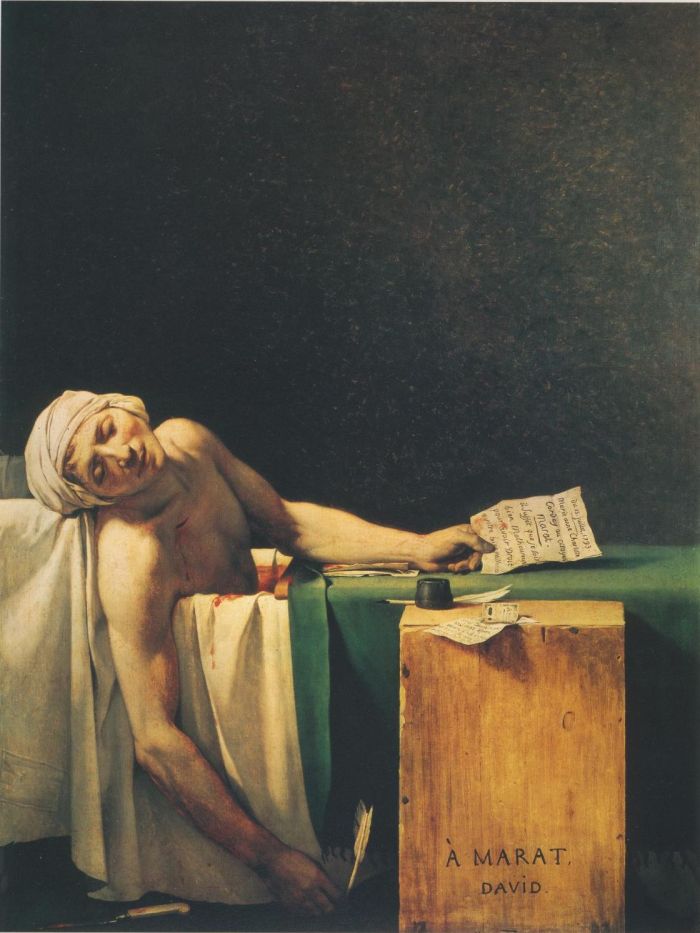
How to choose paper for pencil drawing
Choosing the right paper for pencil drawing is important to ensure that your artwork looks its best and lasts for a long time. Here are some factors to consider when selecting paper for pencil drawing:
- Weight: The weight of the paper refers to its thickness and heaviness. Heavier weight papers (such as 80 lb or higher) tend to be more durable and handle shading and erasing better, but they may also be more expensive. Lighter-weight papers (such as 50 lb or lower) are generally less expensive but may not hold up as well.
- Texture: The texture of the paper can affect the way your pencil marks appear on the surface. Rougher textures (like watercolor paper or drawing paper with a toothy surface) can create more visible lines and texture, while smoother textures (like Bristol board or vellum) can produce a more uniform and polished look.
- Acid-free: It’s important to choose paper that is acid-free to prevent yellowing and deterioration over time. Look for papers labeled “archival quality” or “acid-free” to ensure the longevity of your artwork.
- Color: The color of the paper can also affect the look of your drawing. White or off-white paper is the most common and versatile choice, but you can also experiment with toned paper (like gray or tan) for a different effect.
- Purpose: Finally, consider the purpose of your drawing when choosing paper. If you’re doing preliminary sketches or practicing, a less expensive paper may be sufficient. If you’re creating a finished piece or planning to sell your artwork, you may want to invest in a higher-quality paper for a more professional look.
Ultimately, the choice of paper for pencil drawing will depend on your personal preferences and the specific needs of your artwork. It’s a good idea to experiment with different types of paper to find the one that works best for you.
Best 15 Pencil Drawing features
Here are 15 features of a pencil drawing that can make it a beautiful and unique art form:
- Versatility: Pencil drawing can be used to create a wide range of styles and effects, from realistic portraiture to abstract designs.
- Precision: Pencils allow for precise lines and details, making them a popular medium for technical drawing and scientific illustrations.
- Value range: Pencil drawing can create a range of values, from light and delicate to dark and bold, allowing for a wide range of shading and texture.
- Erasability: Pencils are easily erasable, allowing for corrections and adjustments to be made throughout the drawing process.
- Accessibility: Pencil drawing is a relatively affordable and accessible art form, requiring only a few basic materials to get started.
- Portability: Pencils are small and lightweight, making them easy to carry and use on the go.
- Expressiveness: Pencil drawing can convey a range of emotions and moods, from serene and peaceful to intense and dramatic.
- Texture: Pencil drawing can create a range of textures, from smooth and polished to rough and gritty.
- Depth: Pencil drawing can create the illusion of depth and three-dimensionality through shading and perspective.
- Contrast: Pencil drawing can create a strong contrast between light and dark areas, making it a popular medium for creating dramatic and striking images.
- Detail: Pencil drawing can capture intricate details and patterns, making it a popular medium for botanical illustrations, architectural drawings, and more.
- Timelessness: Pencil drawing has been used as an art form for centuries, and has a timeless quality that continues to be appreciated today.
- Control: Pencil drawing allows for a high level of control and precision, making it a popular medium for illustrators and designers.
- Learning tool: Pencil drawing is often used as a learning tool for artists and students, helping to develop observational and technical skills.
- Expression: Pencil drawing can be a powerful form of self-expression, allowing artists to convey their thoughts, feelings, and perspectives through their art.
Versatility:
Versatility in pencil drawing refers to its ability to be used in a variety of styles and techniques and to create a range of effects. Pencil drawings can be used to create realistic and detailed drawings, as well as abstract and expressive designs. It can be used to create fine lines and delicate details or to create bold and expressive strokes. Pencil drawing can also be combined with other mediums, such as watercolor or ink, to create mixed media pieces. Overall, the versatility of pencil drawing makes it a popular choice among artists and designers, as it allows for a wide range of creative possibilities.
Precision
Precision in pencil drawing refers to its ability to create fine, accurate lines and details. Pencils can create precise lines of varying thicknesses, which can be used to create detailed and intricate drawings. The sharpness of a pencil point can be adjusted by sharpening the pencil, allowing for even greater precision in the drawing.
This precision is particularly important in technical and scientific drawings, where accuracy and detail are crucial. Pencil drawing can also be used to create realistic and lifelike portraits, where every small detail counts. Overall, the precision of pencil drawing allows artists to create highly detailed and accurate drawings with a high degree of control over the medium.
Value range:
Value range in pencil drawing refers to the range of shades that can be created using different levels of pressure and blending techniques. Pencil drawing allows artists to create a wide range of values, from light and delicate to dark and bold. By varying the pressure applied to the pencil, artists can create different shades and tones, and by blending these shades, they can create smooth transitions and gradients.
The value range in pencil drawing is particularly important in creating three-dimensional forms and in creating mood and atmosphere in a drawing. By using a range of values, artists can create a sense of depth and dimensionality in their work and can convey emotions and moods through the use of light and shadow. Overall, the value range in pencil drawing is a powerful tool for creating depth, contrast, and mood in a drawing.
Erasability
Erasability is one of the key features of pencil drawing, and it refers to the ease with which pencil marks can be removed or corrected. Pencil is a forgiving medium, as it allows artists to easily erase or modify their work as needed. This feature is particularly important for beginners who may need to make frequent corrections or adjustments to their drawings. Erasing pencil marks can be done with an eraser, which can come in various forms such as a rubber eraser, a kneaded eraser, or a mechanical eraser.
Pencil erasers can remove most types of pencil marks, including light and heavy lines, shading, and smudges. Additionally, the eraser can be used to create highlights and textures, as well as to blend and soften pencil marks. Overall, the erasability of pencil drawing allows artists to experiment and make corrections without fear of ruining their work and is a key feature that makes pencil drawing accessible and enjoyable for artists of all levels.
Accessibility
Accessibility in pencil drawing refers to the ease with which anyone can start creating art using pencils. Pencil drawing is an accessible art form, as it requires only a few basic materials that are widely available and affordable. All that is needed to get started is a set of pencils, an eraser, and a sheet of paper.
Pencils are available in a variety of grades and are relatively inexpensive, making them accessible to anyone who wants to start drawing. Additionally, pencil drawing does not require specialized equipment or training, making it easy for anyone to start experimenting and creating art. Pencil drawing can also be done anywhere, making it a convenient and portable form of art. Overall, the accessibility of pencil drawing makes it a popular choice for artists of all ages and skill levels who are looking to explore their creativity through art.
Portability
Portability in pencil drawing refers to the ease with which artists can carry their drawing materials and create art on the go. Pencil drawing is a highly portable medium, as it requires only a few basic materials that are lightweight and easy to carry. All that is needed to draw is a set of pencils, an eraser, and a sketchbook or a pad of paper. These materials can easily fit into a small bag or backpack, allowing artists to draw and create art anywhere they go.
Pencil drawing is particularly useful for outdoor or travel sketching, as it allows artists to capture their surroundings and create art on location. Additionally, pencils are easy to use in small spaces, making them ideal for artists who may not have access to a dedicated studio space. Overall, the portability of pencil drawing makes it a versatile and convenient medium for artists who want to create art wherever they go.
Expressiveness:
Expressiveness in pencil drawing refers to the ability of the medium to convey emotions, moods, and ideas through the artist’s marks and strokes. Pencil drawing can be used to create a wide range of styles and techniques that allow artists to express their ideas and emotions in different ways. The texture of the pencil strokes can create different moods and emotions, from soft and gentle to bold and energetic.
The lines and marks can convey different qualities, such as movement, rhythm, and depth. Pencil drawing can also be used to create abstract and expressive designs, allowing artists to explore their creativity and experiment with new ideas. Additionally, pencil drawing can be combined with other mediums, such as watercolor or ink, to create mixed media pieces that further enhance the expressive qualities of the art. Overall, the expressiveness of pencil drawing allows artists to create art that is not only technically precise but also emotionally and visually compelling.
Texture
Texture in pencil drawing refers to the surface quality of the drawing that can be achieved by varying the pressure, angle, and type of pencil strokes. Pencil drawing allows artists to create a wide variety of textures, from smooth and soft to rough and gritty. By adjusting the pressure of the pencil, artists can create different levels of darkness and lightness, which can produce different types of texture. For example, light and delicate strokes can create a soft and smooth texture, while heavier and rougher strokes can create a more textured and grainy surface.
Read Also: Leather Wipes- Easy to use Leather Wipes with great results
Additionally, the type of pencil used can affect the texture of the drawing, with softer pencils producing darker and smoother lines, and harder pencils producing lighter and rougher lines. The texture in pencil drawing is important in creating depth and dimensionality in the drawing and can be used to enhance the realism or abstractness of the artwork. Overall, the texture in pencil drawing is a powerful tool for artists to create visually interesting and engaging artwork.
Depth
Depth in pencil drawing refers to the illusion of three-dimensional space and distance within a two-dimensional drawing. Depth is created by using techniques such as shading, perspective, and overlapping objects, to create the illusion of objects appearing closer or farther away from the viewer. Shading is particularly important in creating depth in pencil drawing, as it allows artists to create the illusion of light and shadow, which can make objects appear more solid and dimensional.
Perspective is also important in creating depth, as it allows artists to create the illusion of distance and spatial relationships between objects. By using techniques such as vanishing points, artists can create the impression that objects are receding into the distance or looming closer. Overlapping objects is another technique used in pencil drawing to create the illusion of depth. By drawing objects in front of or behind each other, artists can create the impression that some objects are closer or farther away from the viewer. Overall, depth is an important feature of pencil drawing, as it allows artists to create realistic and engaging artwork that appears to exist in three-dimensional space.
Contrast
Contrast in pencil drawing refers to the difference between light and dark areas in the drawing. Contrast is an important feature of pencil drawing as it helps to create depth and visual interest in the artwork. High-contrast areas create a strong visual impact, drawing the viewer’s attention to specific areas of the drawing. Contrast can be achieved by varying the pressure of the pencil, using different grades of pencils, and adding shadows and highlights to the drawing.
Also Read: WELLHEALTHORGANIC.COM:10 BENEFITS OF EATING ROASTED GRAM
Darker areas of the drawing create a sense of depth and solidity, while lighter areas create a sense of space and airiness. By using contrast effectively, artists can create dynamic and visually compelling artwork that captures the viewer’s attention. Additionally, contrast can be used to convey emotions and moods in the artwork, with high-contrast areas creating a sense of drama or tension, while low-contrast areas create a sense of calmness or serenity. Overall, contrast is an important feature of pencil drawing as it allows artists to create artwork that is not only technically accurate but also visually and emotionally engaging.
Detail
The detail in pencil drawing refers to the level of precision and accuracy in the depiction of the subject matter. Pencil drawing is a medium that allows artists to create highly detailed and intricate artwork, with each stroke of the pencil contributing to the overall level of detail. The use of different grades of pencils and the manipulation of the pencil tip can create incredibly fine and delicate lines that allow artists to capture the intricacies of the subject matter.
Details can range from small and subtle nuances, such as the texture of the fabric or the highlights in the eyes, to larger and more complex details, such as the architecture of a building or the individual feathers on a bird’s wings. The detail in pencil drawing is particularly important in creating realistic and accurate depictions of the subject matter.
By paying attention to the small details, artists can create artwork that is not only technically precise but also visually engaging and emotionally compelling. Additionally, the level of detail in pencil drawing can convey different emotions and moods, with highly detailed artwork creating a sense of realism and precision, while less detailed artwork can create a sense of abstraction and ambiguity. Overall, detail is an important feature of a pencil drawing that allows artists to create artwork that is both visually stunning and emotionally resonant.
Timelessness
Timelessness in pencil drawing refers to the ability of a piece of artwork to remain relevant and impactful over time. Pencil drawing is a medium that has been used by artists for centuries, and its enduring popularity is a testament to its ability to create artwork that transcends time and cultural barriers. Pencil drawing is a medium that allows artists to create artwork that is both technically precise and emotionally resonant, and these qualities are what make it a timeless art form. The ability of pencil drawing to capture the essence of the subject matter in a way that is both accurate and emotionally engaging is what makes it a timeless medium.
Whether it is a portrait of a loved one, a landscape scene, or a still life, pencil drawing can evoke emotions and tell stories that are relevant across generations. Additionally, the use of pencil drawing in contemporary art and design, from comic books to animation, demonstrates its continued relevance and popularity in the modern era. Overall, timelessness is an important feature of a pencil drawing that highlights its enduring appeal as an art form.
Learning tool
Pencil drawing is a powerful learning tool that can help aspiring artists develop their skills and techniques. Pencil drawing is a relatively accessible and affordable medium that can be used to create a wide range of artwork, from simple sketches to highly detailed and intricate pieces. Additionally, the use of pencils allows artists to experiment with different techniques and styles, such as shading, cross-hatching, and stippling, that can help them to improve their skills and develop their unique style.
One of the main advantages of pencil drawing as a learning tool is its versatility. Pencil drawing can be used to create a wide range of subjects, from still life to portraits to landscapes, allowing artists to develop their skills in a variety of areas. Additionally, pencil drawing can be done almost anywhere, making it a convenient and portable medium for artists who want to practice and improve their skills on the go.
Another advantage of pencil drawing as a learning tool is its erasability. Unlike other mediums such as paint or ink, pencil drawing allows artists to easily make corrections and adjustments to their work. This means that artists can experiment and try new techniques without the fear of ruining their work, allowing them to learn and grow as artists.
Overall, pencil drawing is an excellent learning tool for aspiring artists, providing them with a versatile, accessible, and erasable medium to practice and improve their skills.
Expression
Expression is a key feature of pencil drawing, as it allows artists to convey emotion, mood, and meaning through their artwork. Pencil drawing is a medium that allows artists to create a wide range of visual effects, from soft and subtle to bold and dramatic, depending on their chosen techniques and styles. By manipulating pencil strokes, shading, and contrast, artists can create artwork that evokes a particular feeling or emotion, allowing them to express themselves uniquely and powerfully.
One of the advantages of pencil drawing as an expressive medium is its ability to capture fine details and nuances. Pencil drawing allows artists to create an intricate and detailed artwork that can convey subtle emotions and moods. By focusing on the small details of the subject matter, artists can create a sense of intimacy and emotion in their artwork.
Another advantage of pencil drawing as an expressive medium is its versatility. Pencil drawing can be used to create a wide range of subjects and styles, from realistic to abstract, allowing artists to express themselves in a way that is unique and personal. The use of different techniques, such as cross-hatching, stippling, and blending, can also create different visual effects that can enhance the expressive quality of the artwork.
Overall, expression is an important feature of pencil drawing, as it allows artists to convey emotion and meaning through their artwork in a way that is unique and personal. By using the techniques and styles of pencil drawing, artists can create artwork that is not only technically precise but also emotionally and visually engaging.
Control
Control is a fundamental feature of a pencil drawing that allows artists to create precise and detailed artwork. Pencil drawing is a medium that requires a high level of control over the pencil strokes, shading, and contrast to create a specific effect or achieve a certain level of realism. The ability to control the pencil strokes allows artists to create detailed and intricate artwork, from the fine lines of a portrait to the textures of a landscape.
One of the advantages of pencil drawing is its ability to provide artists with a high level of control over the medium. Unlike other mediums such as paint or ink, pencil drawing allows artists to create precise lines and shading, which can be easily adjusted or erased if necessary. This means that artists can experiment and refine their techniques until they achieve the desired result.
Another advantage of pencil drawing is its ability to provide artists with a range of techniques and styles that can be used to achieve different effects. For example, cross-hatching and stippling are two techniques that can be used to create different textures and shading effects, while the use of different types of pencils, such as hard or soft lead, can create different levels of contrast.
Overall, control is an important feature of pencil drawing, as it allows artists to create a precise and detailed artwork that is visually engaging and technically accurate. The ability to control the pencil strokes, shading, and contrast are what make a pencil drawing a versatile and powerful medium for artists who want to create detailed and intricate artwork.
These pencil drawings are widely recognized as masterpieces of art history and showcase the versatility and expressiveness of the pencil as a medium.
Conclusion
In conclusion, pencil drawing is a versatile and expressive medium that offers artists a range of techniques and styles to create detailed and intricate artwork. Its features, including control, precision, value range, erasability, and texture, make it a popular choice among artists who want to create realistic and visually engaging artwork. Pencil drawing has been used by some of the greatest artists in history to create masterpieces, such as the Mona Lisa by Leonardo.
Also Read: garena top up







